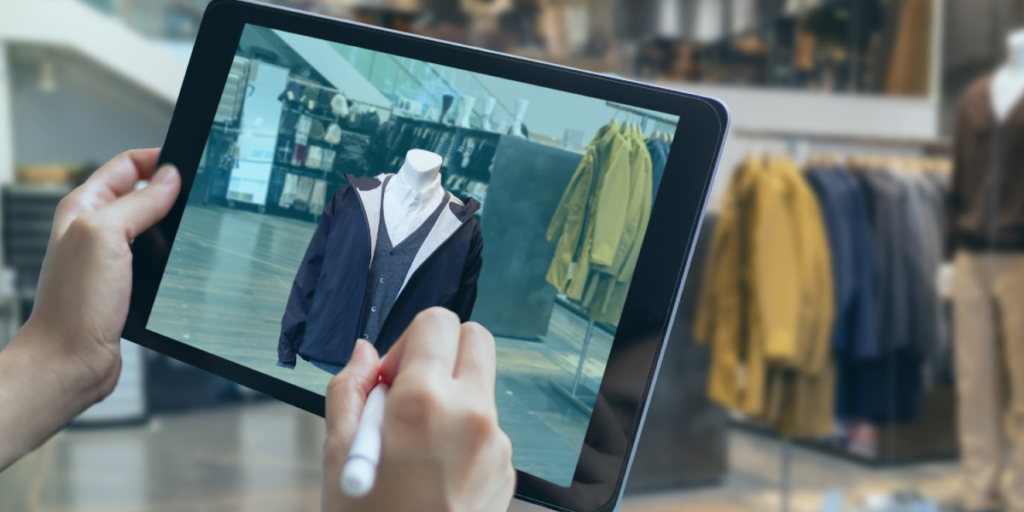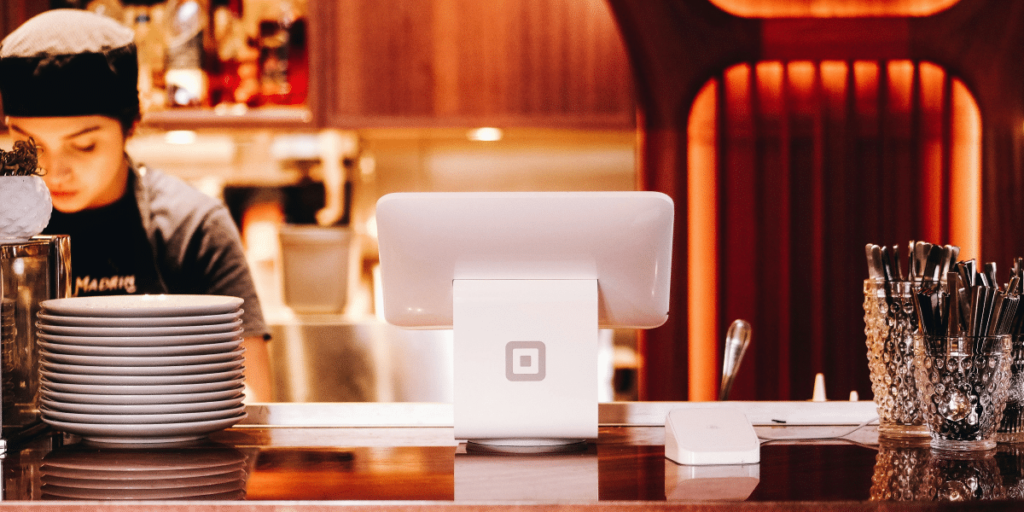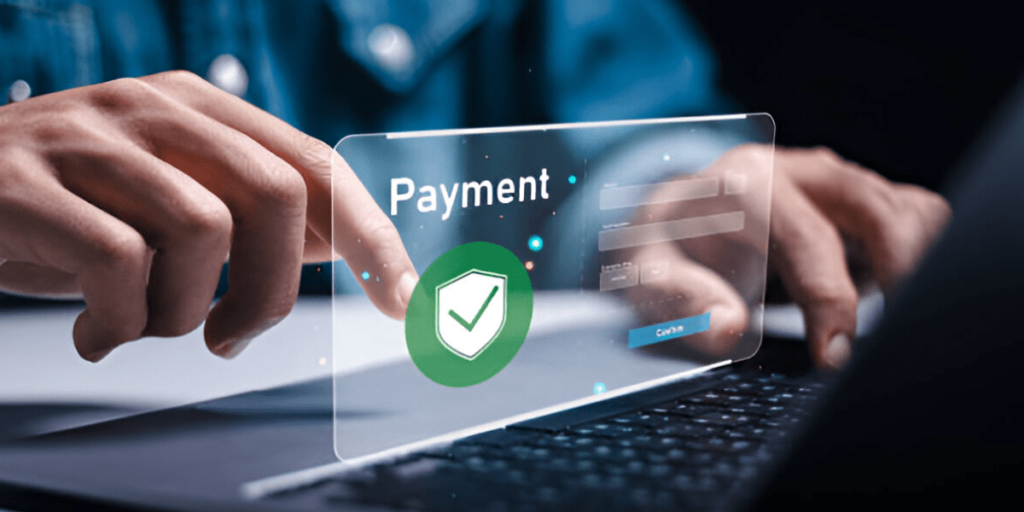B2B Influencer Marketing is a strategic collaboration between companies and industry-specific thought leaders to reach and influence other businesses. Unlike the B2C space, where popularity and entertainment value often drive influence, B2B focuses on authority, trust, and relevance. These influencers aren’t typically celebrities but respected figures within a given industry—consultants, C-suite executives, researchers, analysts, or specialized content creators—whose opinions shape business decisions. Their influence is built on years of expertise, a history of thought leadership, and a reputation for delivering valuable insights. The ultimate objective is not short-term hype but sustained engagement that drives meaningful dialogue, builds brand credibility, and ultimately converts complex, high-value leads into customers.
Why B2B Influencer Marketing is Gaining Momentum
Traditional B2B marketing channels like whitepapers, cold emails, and outbound sales calls are losing traction as digital fatigue grows and decision-makers become more selective in where they place their attention. B2B Influencer Marketing counters this by offering personalized, credible, and conversational content that cuts through the digital clutter. It’s not just about promoting a brand—it’s about influencing the perception of your brand through respected third-party voices. Today’s B2B buyers conduct extensive research before engaging with vendors, often seeking validation through peer networks and expert recommendations. Influencers bridge the trust gap by embedding your brand in the organic flow of industry conversations—at events, in content, and on professional social platforms. This approach not only enhances brand visibility but accelerates trust, boosts lead quality, and reinforces your brand as a legitimate authority.
Choosing the Right Influencers in B2B
Identifying the right B2B influencer requires more than a look at follower counts. The focus should be on contextual relevance, domain authority, and engagement with decision-makers. A credible B2B influencer is someone whose voice matters in specific niches—whether it’s fintech, cybersecurity, manufacturing, or SaaS. Look for individuals who consistently publish insightful, data-backed content and who participate in discussions that influence procurement decisions. Analyze their audience demographics, post engagement rates, speaking appearances, and past brand collaborations. It’s essential that their values align with your brand’s ethos and that their audience overlaps with your target buyer personas. Use influencer mapping tools, social listening, and peer referrals to build a curated list of potential partners who can truly shift the needle in your market segment.
Building Authentic Relationships with Influencers
Successful B2B influencer partnerships are built on mutual respect, shared goals, and authenticity, not on transactional exchanges. Approach influencer relationships as you would any strategic alliance—by investing time in understanding their content, engaging meaningfully, and offering value before asking for anything in return. Start by interacting with their posts, commenting with thoughtful insights, and sharing their content with your audience. When you propose collaborations, frame them as joint ventures that benefit both parties—whether through shared audience exposure, co-branded content, or access to new distribution channels. Be transparent about expectations, but allow creative freedom so the influencer can present your brand in a way that feels genuine to their voice. The most impactful B2B influencer content is collaborative, not scripted—it feels like a natural extension of the influencer’s regular narrative.
Content Collaboration as a Core Tactic
Content lies at the heart of B2B influencer marketing. From webinars, roundtable panels, and case studies to LinkedIn articles, podcasts, and research reports—these co-created assets serve as high-value touchpoints that elevate both your brand and the influencer’s credibility. For example, a cybersecurity firm might co-author a whitepaper with a renowned threat analyst, while a supply chain software brand might co-host a live discussion with a logistics consultant on the future of automation. This type of content not only delivers real value to the audience but also benefits from shared promotion, leading to expanded reach and deeper engagement. Influencer-led content often sees higher conversion rates, as it carries the implicit endorsement of a trusted expert. Over time, such collaborations contribute to your brand’s thought leadership and enhance SEO visibility.
Platforms That Matter for B2B Influencers

B2B influencers thrive on platforms where professionals gather to learn, discuss, and engage—primarily LinkedIn, Twitter (X), YouTube, industry-specific blogs, and podcasting platforms. LinkedIn remains the gold standard, with its algorithm favoring thought leadership content and professional discussions. Influencers often use it to share long-form insights, host live events, and engage directly with niche professional communities. Twitter (X) excels for real-time thought leadership and industry news, while YouTube and podcasts offer formats for in-depth storytelling and interviews. Niche forums and Slack/Discord communities also offer valuable micro-environments for specialized conversations. When planning influencer campaigns, align platform choice with where your target buyers are actively consuming and discussing professional content.
Measuring the Success of B2B Influencer Campaigns
B2B Influencer Marketing success isn’t just measured in impressions or likes—it’s about business outcomes. Start by aligning metrics with specific campaign goals: is the aim to drive brand awareness, generate leads, or position the brand as a thought leader? Key performance indicators (KPIs) should include gated asset downloads, webinar registrations, content engagement (comments, shares, dwell time), and influencer-attributed pipeline leads. Use UTM links, influencer-specific landing pages, and CRM attribution models to connect influencer activity to actual business impact. Track both qualitative and quantitative data: a single post that sparks a conversation with a VP-level buyer might be more valuable than 1,000 passive views. Over time, assess whether influencer partnerships are improving cost-per-lead, shortening sales cycles, and strengthening your brand’s market positioning.
Common Challenges and How to Overcome Them
B2B Influencer Marketing, while powerful, comes with its set of challenges. Finding the right influencer is often time-consuming and requires a nuanced understanding of your audience and industry. Additionally, ensuring consistent messaging while giving influencers the freedom to stay authentic can create friction. A clear content brief, flexible guidelines, and regular check-ins can help strike the balance. Leadership buy-in is another hurdle—especially in organizations where ROI is expected in the short term. Education is key: share case studies, benchmark data, and pilot campaign results to demonstrate long-term value. Another challenge is the long B2B sales cycle, which can make immediate success hard to quantify. Overcome this by setting clear KPIs at each funnel stage and committing to sustained influencer engagement rather than expecting instant wins.
Trends Shaping the Future of B2B Influencer Marketing
The B2B influencer landscape is evolving rapidly. Micro and nano-influencers with deep domain expertise are becoming go-to partners for brands looking for niche reach and targeted impact. AI and data analytics are making it easier to identify influencers whose audiences align with specific buying personas, allowing for more precise targeting. Employee advocacy is merging with influencer marketing—organizations are empowering internal experts to act as influencers, boosting credibility and reach from within. Co-created experiences like virtual summits, industry panels, and collaborative research reports are becoming standard, blending influencer engagement with brand storytelling. As trust continues to be the currency of B2B, the demand for authentic, expertise-driven influencer strategies will only grow stronger.
Integrating Influencer Marketing into Your B2B Strategy
To fully leverage the power of influencer marketing, it needs to be embedded into your overarching marketing strategy. Start by setting strategic goals: are you looking to improve awareness, support a product launch, or influence C-suite buyers? Then, map out where influencer input can create the most impact—top-of-funnel content, middle-of-funnel webinars, or bottom-of-funnel case studies. Treat influencers as an extension of your marketing team, and allocate budget accordingly. Integrate influencer content with email campaigns, ABM efforts, PR, and social media. Also, make sure your sales, marketing, and customer success teams are aligned, so influencer messaging reinforces what buyers hear across touchpoints. When influencer marketing becomes part of a cohesive customer journey, it moves from being a “nice to have” to a measurable growth driver.
Conclusion
B2B Influencer Marketing has moved beyond experimentation—it’s now a core strategy for modern brands navigating complex buying environments. As decision-makers become more research-driven and community-oriented, aligning with voices they already trust can significantly enhance your brand’s visibility and credibility. This strategy requires thoughtful planning, ongoing relationship management, and integrated execution across channels. But when done right, it delivers returns in trust, authority, and revenue. In today’s saturated digital market, your best brand advocates may not be on your payroll—but their voice can carry your message further than any ad spend. Embrace influencer marketing not as a trend, but as a transformative approach to modern B2B growth.
















